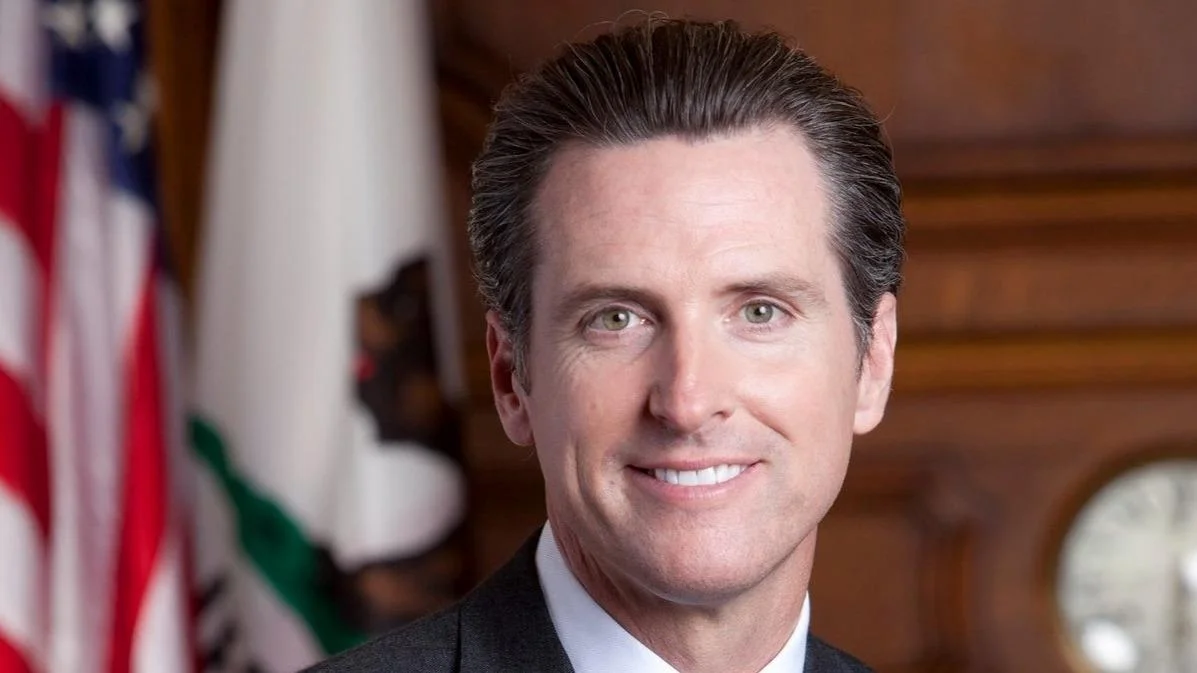
Gavin Newsom, Governor of California | Official website
A new report from the California Department of Water Resources (DWR) has identified the Delta Conveyance Project as the most effective measure to secure California’s water supply in the face of climate change. The project is considered essential for maintaining reliable water deliveries to 27 million residents and supporting 750,000 acres of farmland as the state faces hotter temperatures, more extreme weather events, and rising sea levels.
Governor Gavin Newsom has emphasized the urgency of advancing this project. “The science is clear: California must quickly complete the Delta Conveyance Project in order to meet our water needs in the future. It’s time to stop with the delays and fear tactics. We need Legislative approval to fast-track the benefits this project will secure,” Newsom said.
The State Water Project (SWP), which has been operating since the 1960s, spans from Oroville to Riverside and supplies water through a network of canals, hydroelectric generators, and pumping plants. Local public water agencies are responsible for funding its operations.
Over recent decades, California has experienced increased variability in precipitation, with frequent shifts between drought and flooding. According to DWR’s newly published State Water Project Adaptation Strategy—the first of its kind—the SWP’s ability to reliably deliver water could decrease without significant action. The strategy evaluates over a dozen actions aimed at safeguarding California’s water resources under changing climate conditions.
California may lose up to 10% of its overall water supply by 2040 due to increasing aridity, while SWP reliability could decline by as much as 23%. The Delta Conveyance Project is expected to help recover some of these losses by improving supply reliability and maintaining environmental protections for fisheries and water quality. For example, during atmospheric river storms last year, officials estimate that enough additional water could have been captured by the project to meet annual needs for nearly 9.8 million people.
DWR Director Karla Nemeth highlighted broader implications: “Anything that compromises the State Water Project poses a threat to public health and economic success,” Nemeth stated. “This analysis helps us understand the best science-based strategies to ensure continued State Water Project deliveries in the face of both greater aridity and more powerful storms. We need that not just for the public water agencies that pay for the State Water Project, but to continue the role the State Water Project plays in protecting Delta water quality during drought and upstream communities during floods.”
The adaptation strategy bundles various measures into portfolios tailored for different climate scenarios. Among these measures are ongoing maintenance efforts—such as repairing subsidence-damaged sections of infrastructure—and implementing “Forecast-Informed Reservoir Operations” pending approval from federal partners like the U.S. Army Corps of Engineers. Additional south-of-Delta storage is also being considered but would be less effective without completion of the Delta Conveyance Project.
Governor Newsom first announced his commitment to modernizing plans for this infrastructure during his initial State of the State address, aiming both at addressing seismic risks and ensuring timely construction. Since then, steps have included DWR certifying an environmental impact report in December 2023 and securing financial commitments from major public agencies statewide.
Despite receiving some permits, further progress on construction has been hindered by regulatory complexity and bureaucratic delays—a challenge Governor Newsom says he aims to resolve through proposals streamlining permitting processes, confirming funding authority, preventing unnecessary hold-ups, and supporting expedited building efforts.
“The importance of protecting the reliability of the State Water Project is too great to allow the Delta Conveyance Project to be mired by unnecessary and extensive delays,” according to information released alongside today’s report.
 Alerts Sign-up
Alerts Sign-up